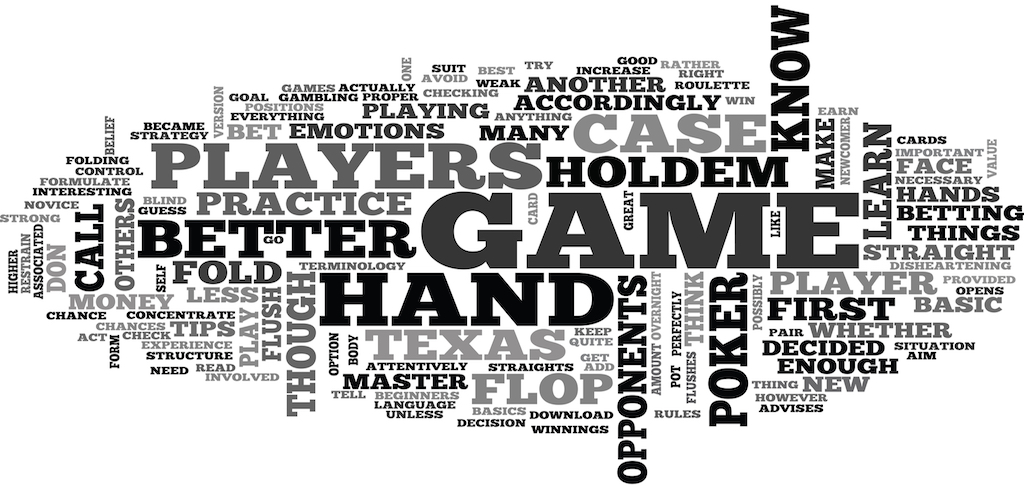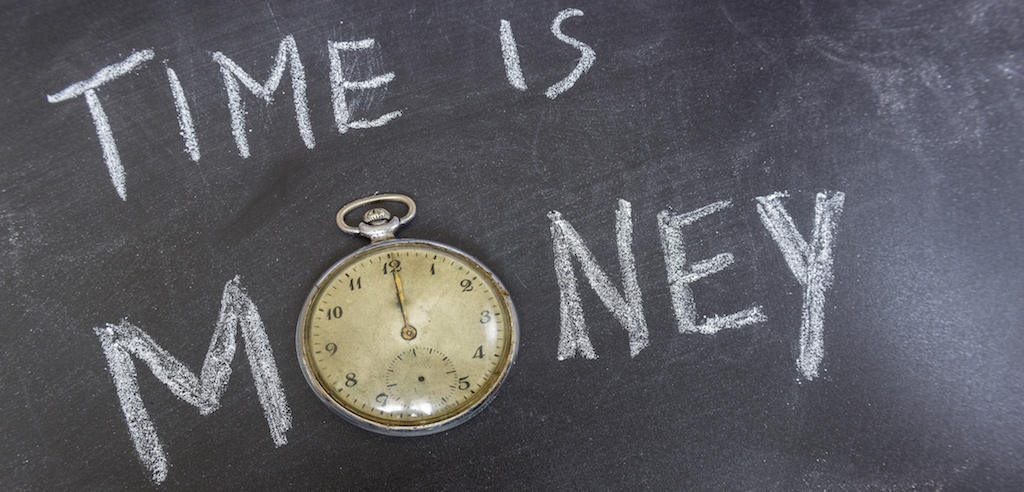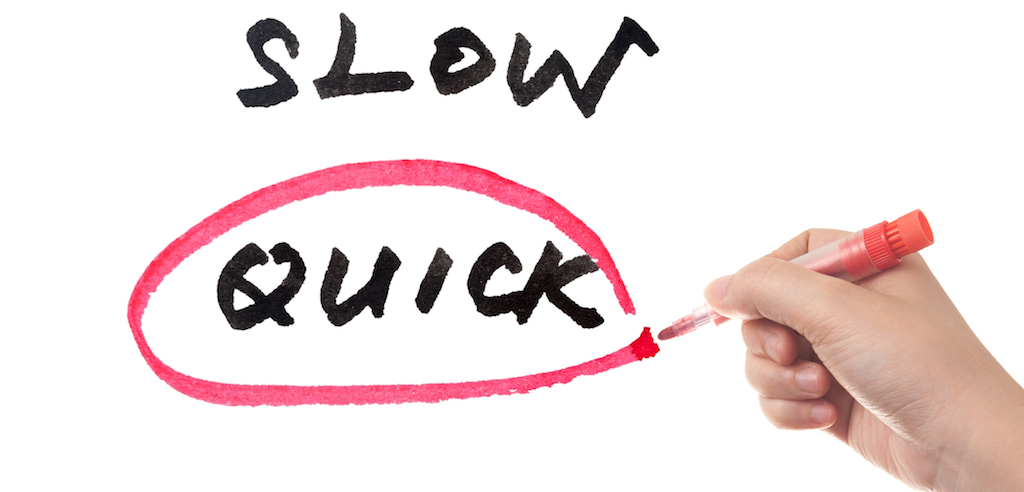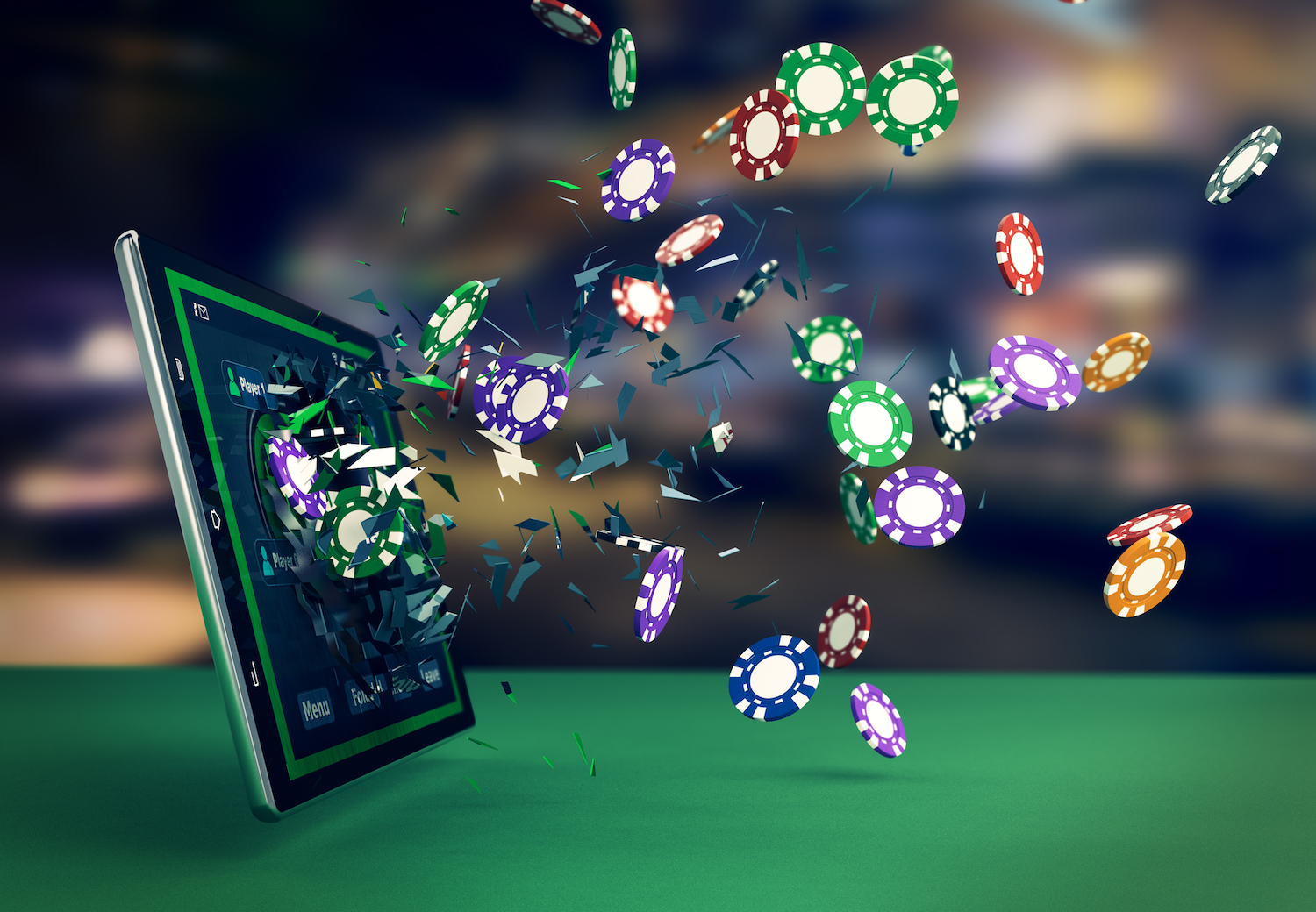Editor’s note: Zach Elwood is the author of Reading Poker Tells and Exploiting Poker Tells. He also hosts the the Reading Poker Tells Video Series and People Who Read People podcast. This is the final part of a two-part series. For part one, click here.
The time it takes to act and other timing issues at the poker table can offer some real insight into a player’s hand strength. This tell can help players looking to win pots and pay beyond “ABC poker.”
Find some discussion and key hands below adding to the concepts outlined in the first part of this series. Many of these ideas can also be used in the online poker world as well.
Brian Rast discusses timing issues and their importance at the poker table
Zach Elwood: Can you talk about some behavioral things you look for when you play?
Brian Rast: One big thing is timing. The amount of time a player takes in certain spots can be important. At the end of the hand, someone betting abnormally fast, whatever that means for the spot, I think for most players that’s more likely to be a bluff than a value bet.
This tell is probably more true for amateur players than pro players. With amateur players, for the most part, they’re unwilling to go into the tank and then bluff. Because of the idea that, if you start thinking too long, you’re not confident about your hand.
Zach: It feels uncomfortable to wait a long time and bluff, I think for anyone. It’s interesting because I think even when you think your opponents are likely to give you credit for a hand when you wait a long time and bet, because it’s a pretty widely known concept, it just feels uncomfortable.
Rast: Even me, I feel like I don’t wait too long to bluff. Although maybe it’s not the worst idea.
I play a lot of limit, and in limit, timing becomes very important. Timing can really influence what you think about what someone’s doing. So I think just in general, the tempo with which you play your hands is very important.

Hand review: immediate bet from tight player
In a $2-5 No Limit Hold’em cash game, a very tight player makes it $20 pre-flop. I call with Q♠ J♠ on the button.
The flop is Q♦ 8♥ 6♥. He bets $25 into $47. I call. The turn is the J♣. He bets $45 into $97. I call. The river is the 2♥. He quickly bets $100 into $187.
We discussed bet timing earlier, with a focus on how immediate bets skew towards bluffs. But in some situations, immediate bets make very strong hands clearly more likely.
This is one such case. When a tight player makes a significant bet immediately, it will almost always be with a very strong hand. The tighter they are, the more reliable this will be.
This is mainly because tight players, for the most part, are not capable of quickly reaching a decision to bluff. To put it another way: their quick-bluff range is almost non- existent.
If this player had an over-pair or a set, the flush draw completing would make him pause a moment. If he were going to bluff, he’d likely want to consider the situation a few moments before betting. This is especially true considering he is first to act. (An immediate bet would be less reliable if he were second to act.)
Based on what I knew of his play, I thought A♥ Q♥ was almost the only hand he could have, so I folded.

Quick bets when board texture changes
This hand is from the 2007 World Series of Poker $10,000 Main Event. The WSOP episodes are edited, so it’s hard to know for certain how closely the bet-timing in this hand matches what actually happened.
I’ve been told by a WSOP producer that they generally avoid making actions seem like snap-bets or snap-checks if there are long pauses present, so I tend to think the timing is fairly accurate. In any case, we’ll just assume it’s accurate for the sake of learning, as I think it’s a good example of how board texture can help with a read.
On a flop of 8♥ 7♥ 3♥, the pre-flop raiser, Winston, bets 150,000 into a pot of 232,000. His opponent, Kenny Tran, calls him with A♦ 8♠.
The turn is another heart: the 2♥. After just a few seconds, Winston announces “350,” betting 350,000 into the 532,000 pot. Tran calls again.
The river pairs the board: the 2♦. Winston, after a few seconds, announces “700,” betting 700,000 into 1.32 million.
As discussed earlier, quick bets often polarize a player’s range to strong and weak hands. On the turn, when Winston bets quickly, we can assume his range is probably the A♥ (maybe the K♥) or a bluff.
Further examination
If he had a heart weaker than the A♥, or if he had a hand weaker than a flush, he’d probably want to think a little bit about the situation. It’s very unlikely he’d bet a set or two pair so quickly on a four-flush board.
On the river, when the board pairs, his large, quick bet is also polarizing: it’s likely he’s either got a full-house or a bluff. And him having a full house contradicts his probable range after betting the turn.
If he did have the A♥ or the K♥ on the turn, it’s likely he’d want to think for a while before betting the river, as the board texture has changed so much and a full house is now possible.
For some quick and large bets, changes in the board texture can help you in picking out a bluff. When the board changes dramatically and a bettor doesn’t seem to be thoughtful about that change, it can be a clue that he’s bluffing.
In this hand, Tran thought about it quite a while and eventually called with his pair of 8s. Winston had A♠ T♣, for just Ace-high. Tran is an experienced live player, known for being good at reading people. It’s possible the speed of his opponent’s bets played a role in his decision.
For more information on Zach Elwood, click here.


 As with most poker tells, it’s important to have some sense of a player’sbaseline. For example, if a player is always betting immediately just due to being a very experienced player, their immediate actions won’t be meaningful.
As with most poker tells, it’s important to have some sense of a player’sbaseline. For example, if a player is always betting immediately just due to being a very experienced player, their immediate actions won’t be meaningful.
